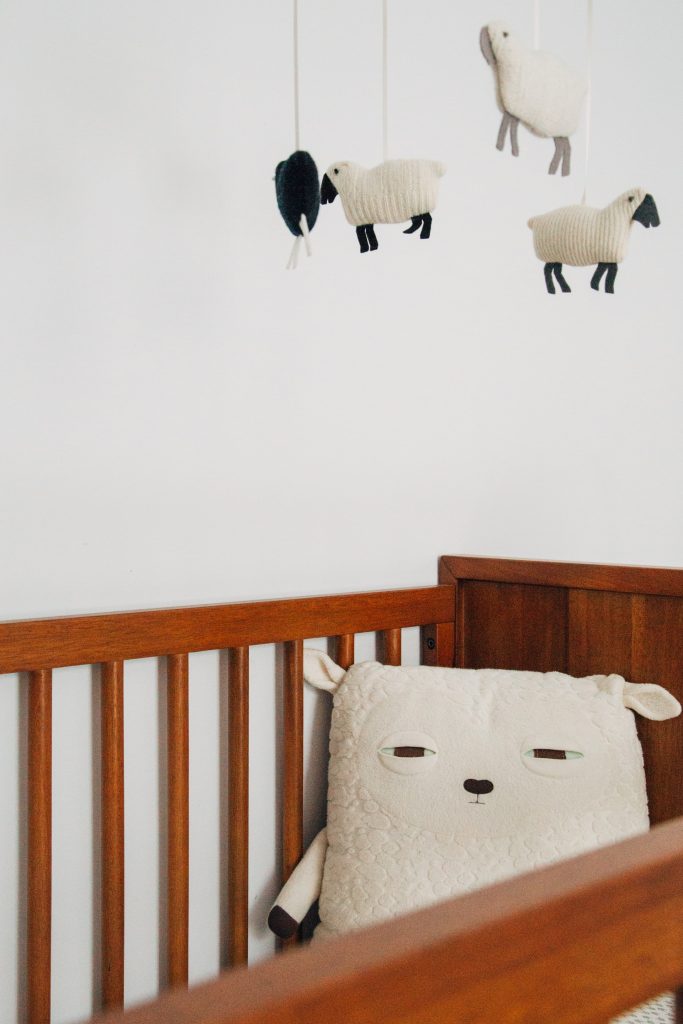The Montessori system mainly provides for the independent behavior of the child. According to this concept, the toddler can do many things completely autonomously. It helps him to develop independently and learn something new. In order to organize a children’s space in your home according to the Montessori method, you need to allocate a special place. First of all, you need to organize a place for the bed. Their main distinguishing feature is that they are located directly on the floor. Therefore, they are different from ordinary beds, which are at a certain height from the ground.
Of course, when deciding to buy a toddler floor bed, parents give their children many opportunities. If they need to get up, they can do it without their mother’s help. It is impossible to fall from such a bed and hurt yourself somehow. And this is very important. Many children are afraid of accidentally falling out of bed at night. Using a Montessori bed makes this problem completely absent. Children understand that they are safe and sleep absolutely calmly.
What is a Montessori bed?
This bed does not provide any side protective barriers. They are not needed. The bed is located directly on the floor. It looks like a normal mattress. The baby freely lies down on it and gets up from it. Independence is one of the principles of Montessori. Nothing should limit the child’s actions. His movements must be free. When babies wake up, they immediately have a desire to move. Thanks to the floor bed, they have this opportunity. Being on it, the child can consider all the things around him.
What benefits of a Montessori floor bed?
Montessori furniture is in high demand. It is very popular among buyers because of all its advantages. Let’s take a closer look at how it differs from ordinary beds:
- One of the primary advantages is the promotion of freedom of movement. By removing the constraints of a crib or a high bed frame, children have the liberty to explore and move around independently. This freedom allows them to develop gross motor skills, such as crawling, rolling, and eventually walking, at their own pace.
- Another benefit is the emphasis on fostering a child’s sense of responsibility. Since children have unrestricted access to their sleeping area, they can learn to make decisions about when to rest and when to wake up.
- Furthermore, a floor bed promotes a stronger connection to the child’s environment. By being closer to the floor, children are more engaged with their surroundings, allowing them to observe and interact with their surroundings more easily.
Disadvantages of a Montessori floor bed
Despite advantages, a Montessori floor bed does have its disadvantages. One notable concern is the lack of physical boundaries and containment. Without the constraints of a crib or bed frame, children have the potential to wander freely, which may lead to safety hazards. Additionally, some children may find it challenging to transition from a crib to a floor bed, especially if they have become accustomed to the feeling of security provided by crib rails.
Also there is the potential difficulty in establishing sleep routines and boundaries. With the freedom to get in and out of bed independently, children may struggle to understand the distinction between rest time and playtime. This can lead to disrupted sleep patterns and difficulties in establishing consistent bedtimes and nap times.
Lastly, the use of a floor bed may not be practical for families with limited space or those living in multi-story homes. The absence of a raised frame can make it challenging to utilize the space underneath the bed for storage, and it may also pose difficulties for parents or caregivers in bending down to attend to the child.

